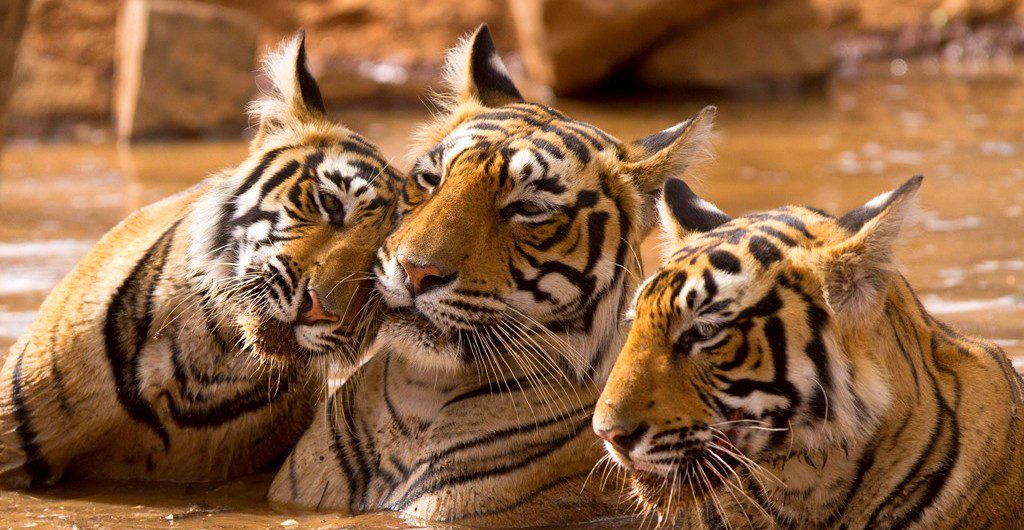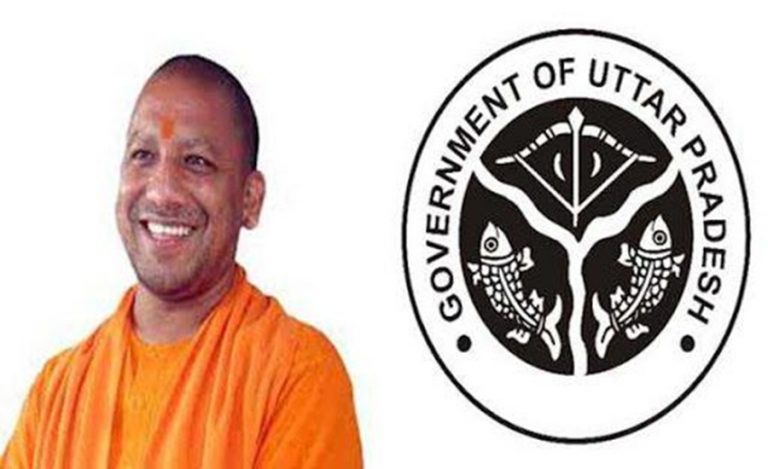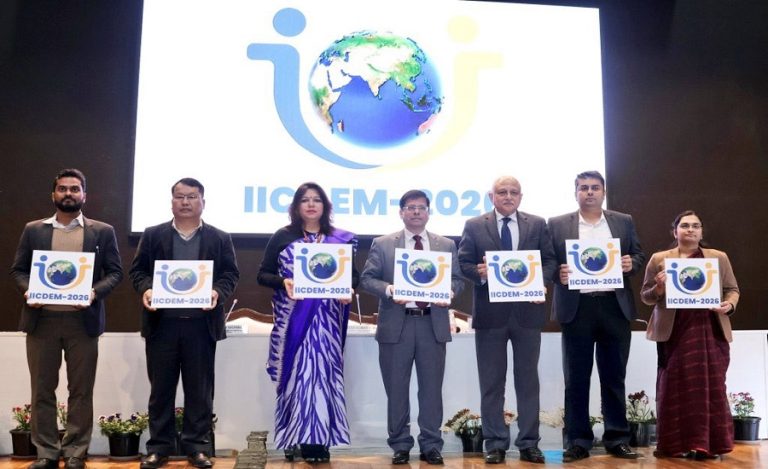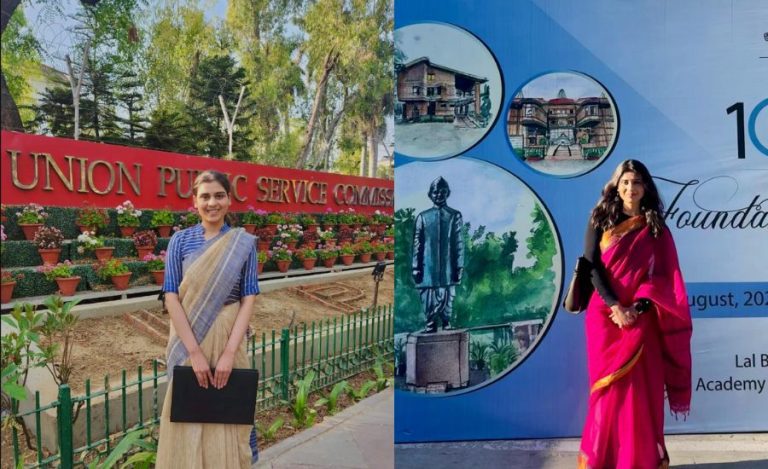Two months after India successfully translocated cheetahs from Namibia to revive the feline’s once-extinct population in her forests, one of her SE Asian neighbours, Cambodia, sought her help to reintroduce tigers in the wild in the Khmer land.
Tigers were last seen in Cambodia in the wild captured in a camera trap in 2007. By 2016, the country announced that the tigers have gone “functionally extinct” in its jungles.
With India having achieved a leadership position in the 13-nation global tiger range, the onus of carrying out the revival process of tigers in Cambodia fell on her. And who better to lead the project than Mr. SP Yadav, the Member Secretary of the National Tiger Conservation Authority, who helped NTCA in reversing the near extinction of its national animal in the wild.
Mr. Yadav is one of the most sought-after tiger specialists in the country, and he is heading the upcoming relocation of tigers from India to Cambodia in assisting its repopulation there.
Indian Masterminds spoke with the 1989 batch officer to learn more about the translocation process.
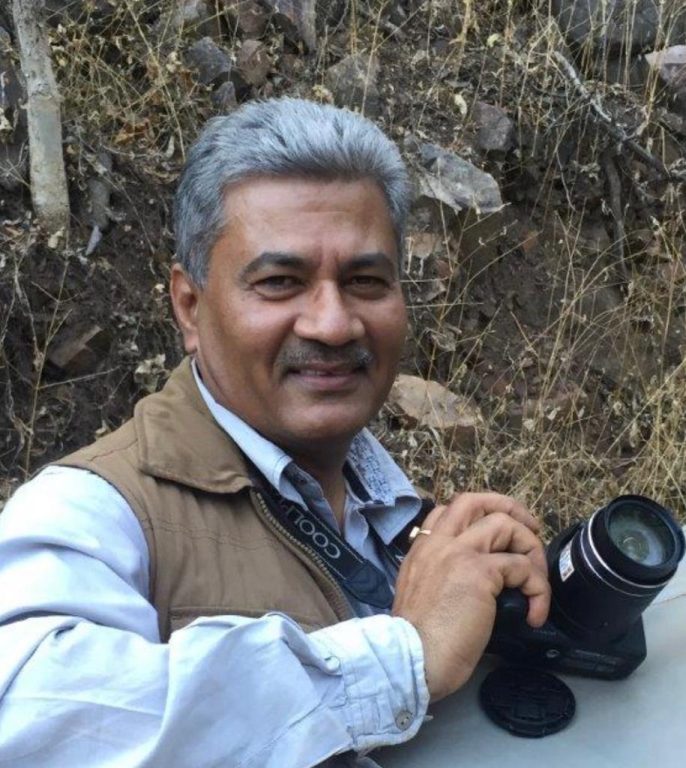
THE BIG DECISION
It was during the 2010 Global Tiger Summit in St Petersburg, Russia, that the 13 Tiger Range countries unanimously decided to double their Tiger population by 2022.
However, except for India which raised its numbers by nearly 70% since, alongside Russia, Bhutan, and Nepal, doing fairly well, all of the other nine countries saw a constant drop in the cat population. There was a steady dip in numbers in Bangladesh, China, Indonesia, Malaysia, Myanmar, and Thailand.
“Most unfortunate being Cambodia, Vietnam, and Laos who lost all their wild tigers, owing to poaching, habitat destruction, degradation, illegal trading of tiger parts, and hunting of prey species,” Mr. Yadav shared in an exclusive conversation with Indian Masterminds.
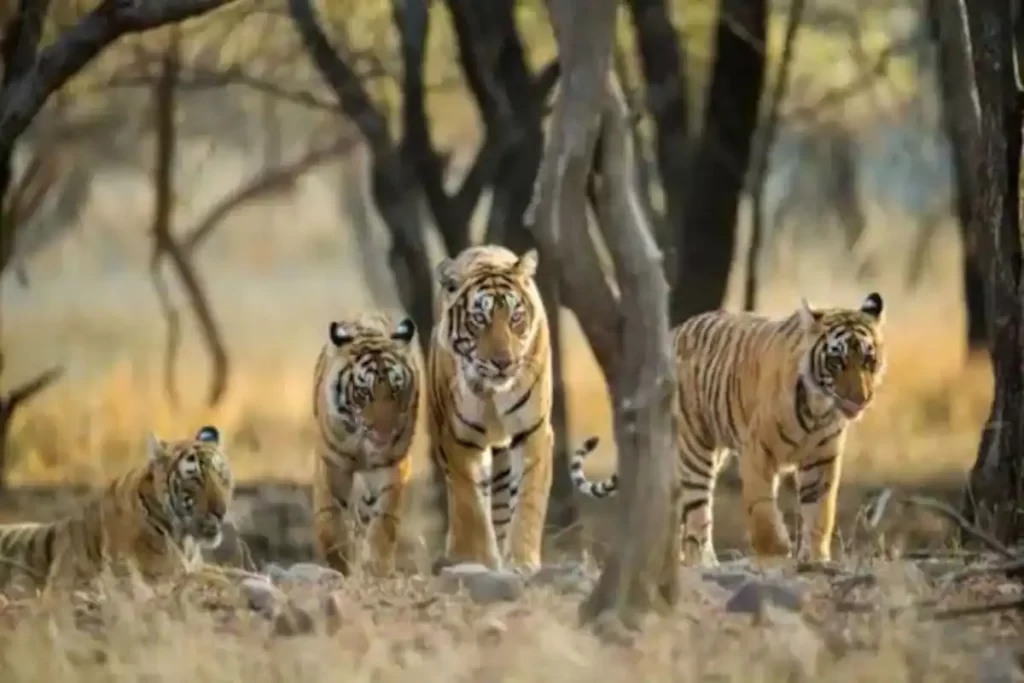
INDIA’S HELP
With over 75% of the world’s tigers and the largest and most successful tiger population revival programme in the world at Panna Tiger Reserve, India was the perfect choice for Cambodia to assist it in its tiger reintroduction and conservation effort.
In November 2022, Mr. Yadav led a delegation to Cambodia and an MoU was signed between the two countries. His team travelled extensively in Cambodian forests, observing their ecosystems, habitat, and protection mechanisms, and concluded that Cambodia’s Cardamom Hills forest could support a tiger population.
“Cambodia’s climate and habitat are remarkably similar to those of India. All they need is more protection and prey, as well as more foot soldiers to block poachings. They will be able to support the tiger population once they follow the stipulations,” shared Mr. Yadav.

PARAMETER CHECK
Before the relocation of tigers, Cambodia must comply with a list of requirements provided by the NTCA. The organisation will proceed with the transfer after checking all the factors and carrying out a field appraisal, Mr. Yadav said.
These parameters include:
- Identifying and removing the causes of tiger population decimation
- Checking poaching of tigers and its prey species
- Community support
- Habitat improvement, and
- Prey density and its distribution
“Once the tiger reintroduction is successful, they must consider additional factors such as ecotourism. We will move forward once we are satisfied that they have substantially met all of the standards,” shared the IFS officer.
Apart from successful tiger reintroductions, India has expertise in inter-continental carnivore translocations. In September 2022, eight Cheetahs were introduced in Kuno National Park. And this year, four cubs were born to one of them. This has boosted Cambodia’s confidence.
India reintroduced cheetahs in Madhya Pradesh’s Kuno, after the species had gone extinct in the country for half a century.

A CONSERVATION LEADER
Mr. Yadav, who has been involved in international tiger conservation workshops and seminars since 2008, fervently supported every meeting and showcased India’s top initiatives and methods for tiger conservation on a worldwide scale.
Mr. Yadav who represented his nation in establishing international alliances, including the Global Tiger Initiative, at multiple CITES (Convention on International Trade in Endangered Species of Wild Fauna and Flora) meetings, has passionately opposed the illegal trade of tiger parts. Through his efforts, elephants, lions, and now the cheetah have been conserved, aiding in the creation of species-specific landscape design strategies.
To improve the working circumstances of front-line forest employees, Mr. Yadav showed sensitivity toward human resource development and recently received the esteemed GTIC Leadership in Conservation Award for his unwavering dedication.

